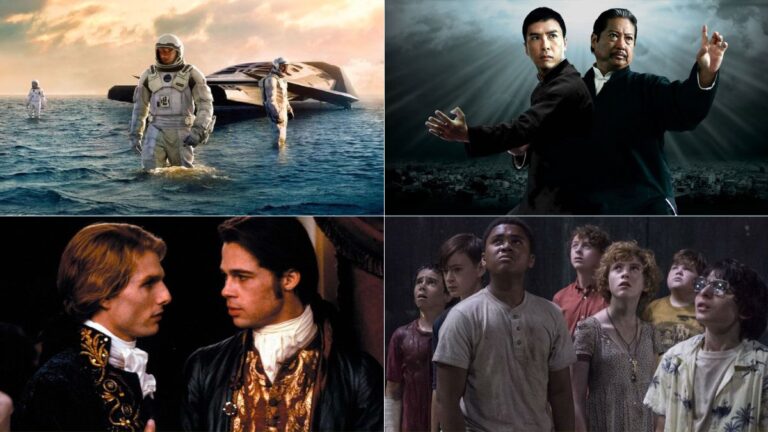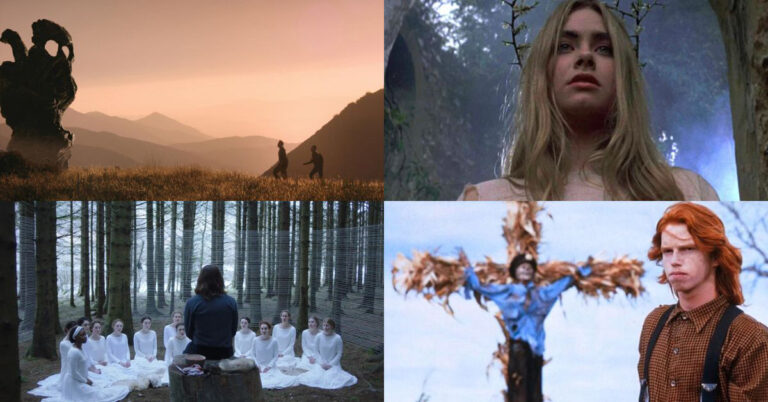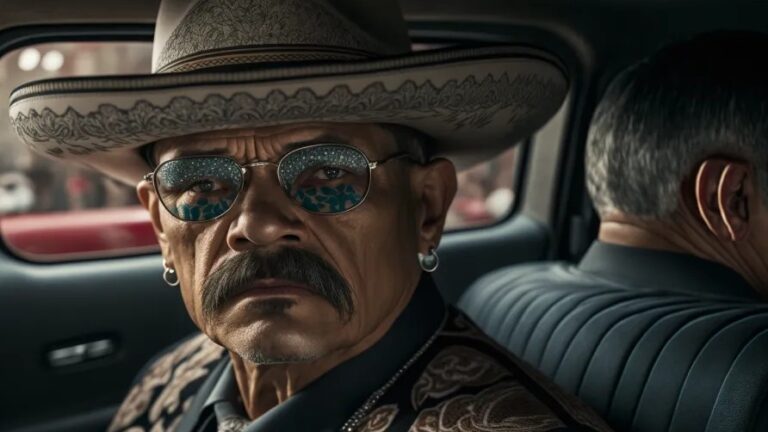15 Best Anime Like Serial Experiments Lain You Need to Watch
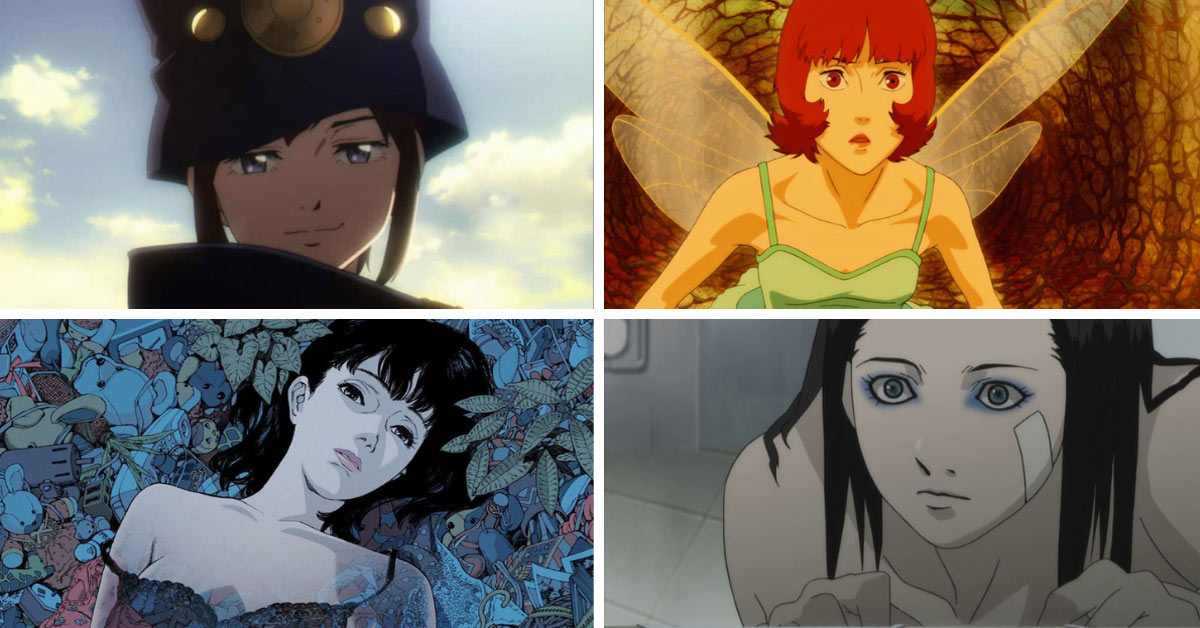
Serial Experiments Lain is a pretty unique anime, and it is not easy to find anime similar to it. This is the reason we have decided to make this article and help you find your next watch. In it, we are bringing you the best anime like Serial Experiments Lain.
Some anime on this list are similar to Serial Experiments Lain in terms of settings, some in terms of the feeling of the show, while others will fascinate you with deep sci-fi similarities to Lain. So, without further ado let’s dive into the best anime like Serial Experiments Lain.
Kino’s Journey (2003)
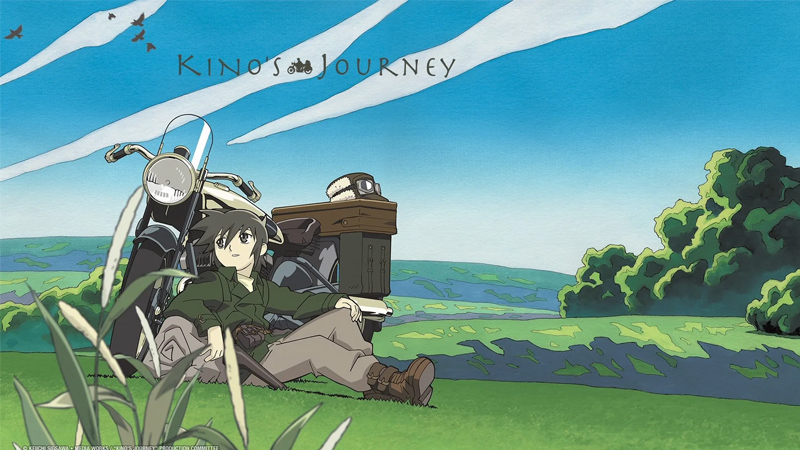
Kino’s Journey is a Japanese light novel series written by Keiichi Sigsawa, with illustrations by Kouhaku Kuroboshi. The series follows a traveler named Kino and her talking motorcycle named Hermes, as they explore countries with unique customs and people around a mysterious world, only spending three days at each location.
The series originally started serialization in volume five of MediaWorks’ now-defunct light novel magazine Dengeki hp on March 17, 2000. The first volume of the series was published on July 10, 2000 by ASCII Media Works under their Dengeki Bunko publishing imprint. As of November 2020, 23 volumes have been published.
Akira (1988)
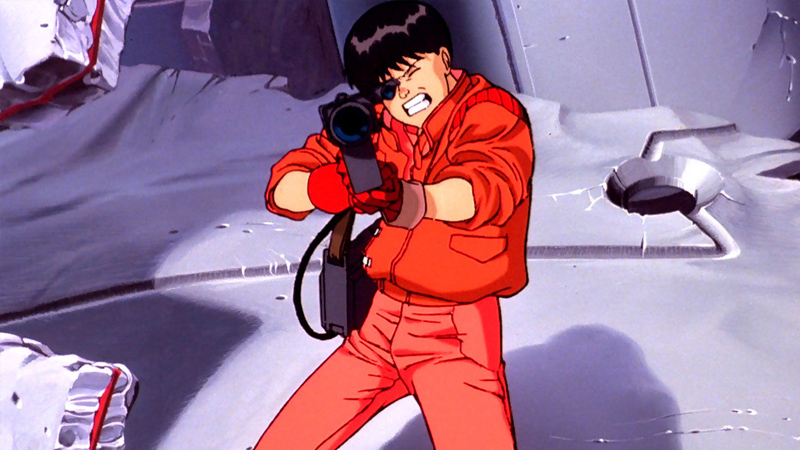
Akira is a 1988 Japanese animated cyberpunk action film directed by Katsuhiro Otomo, produced by Ryōhei Suzuki and Shunzō Katō, and written by Otomo and Izo Hashimoto, based on Otomo’s 1982 manga of the same name.
Set in a dystopian 2019, it tells the story of Shōtarō Kaneda, a leader of a biker gang whose childhood friend, Tetsuo Shima, acquires incredible telekinetic abilities after a motorcycle accident, eventually threatening an entire military complex amid chaos and rebellion in the sprawling futuristic metropolis of Neo-Tokyo.
While most of the character designs and settings were adapted from the manga, the plot differs considerably and does not include much of the last half of the manga, which continued publication for two years after the film’s release. The soundtrack, which draws heavily from traditional Indonesian gamelan as well as Japanese noh music, was composed by Shōji Yamashiro and performed by Geinoh Yamashirogumi.
Paranoia Agent (2004)
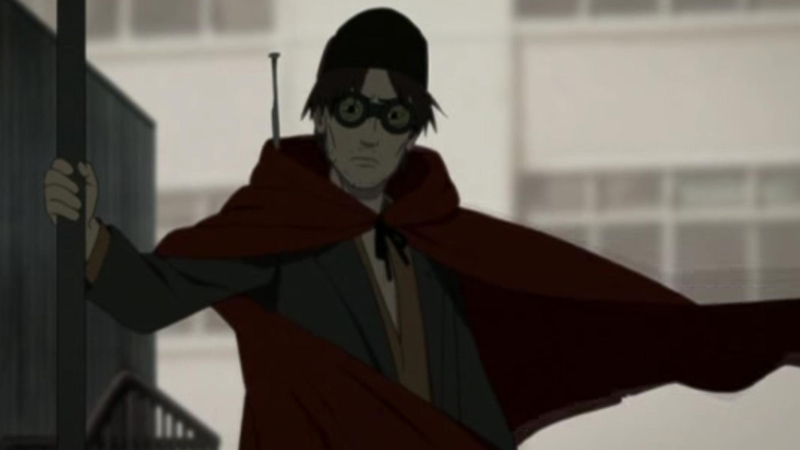
Paranoia Agent is a Japanese anime television series created by director Satoshi Kon and produced by Madhouse about a social phenomenon in Musashino, Tokyo caused by a juvenile serial assailant named Lil’ Slugger. The plot relays on a large cast of people affected in some way by the phenomenon; usually Lil’ Slugger’s victims or the detectives assigned to apprehend him. As each character becomes the focus of the story, details are revealed about their secret lives and the truth about Lil’ Slugger.
Tsukiko Sagi, a shy character designer who created the immensely popular pink dog Maromi, finds herself under pressure to repeat her success. As she walks home one night, she is attacked by an elementary school boy on inline skates. Two police detectives, Keiichi Ikari and Mitsuhiro Maniwa, are assigned to the case. They suspect that Tsukiko is lying about the attack, until they receive word of a second victim.
Soon the attacker, dubbed Lil’ Slugger, is blamed for a series of street assaults in Tokyo. None of the victims can recall the boy’s face and only three distinct details are left in their memories: golden inline skates, a baseball cap, and the weapon: a bent golden baseball bat. Ikari and Maniwa set out to track down the perpetrator and put an end to his crimes.
Texhnolyze (2003)
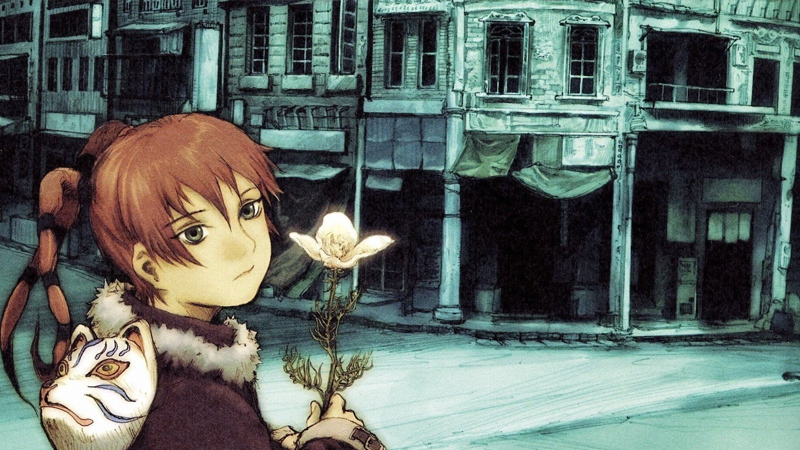
Texhnolyze is a Japanese experimental anime television series animated by Madhouse and directed by Hiroshi Hamasaki, with a screenplay by Chiaki J. Konaka, with an original character design by Yoshitoshi ABe and produced by Yasuyuki Ueda. It was broadcast on Fuji Television and its affiliates from April to September 2003.
The story takes place in the vibrant yet dilapidated underground city of Lux. Denizens of Lux have come to call it “The City” and treat it as a sentient force. It focuses on Ichise, a stoic prize fighter who loses a leg and an arm to satisfy an enraged promoter; Onishi, a young but level-headed executive who has many enemies; and Ran, a little girl who has a very important gift that affects the entire city. As they struggle to accept the challenges that they are dealt, they bear witness to major events that determine the survival and fate of the city.
Ghost Hound (2007-)
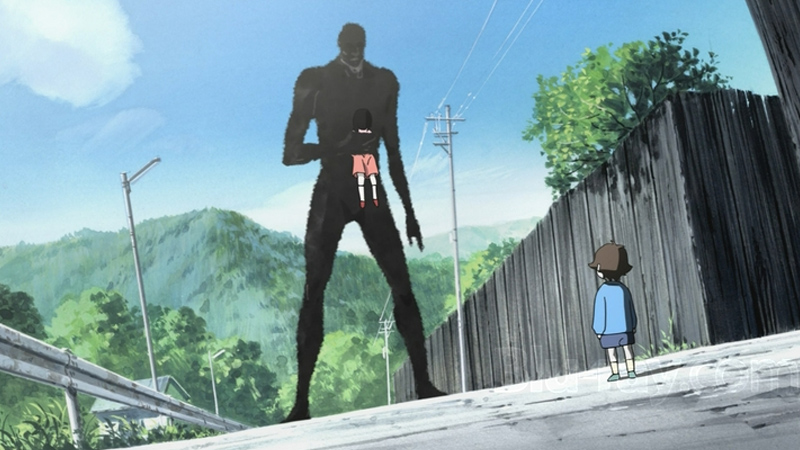
Ghost Hound is an anime television series, created by Production I.G and Masamune Shirow, noted for being the creator of the Ghost in the Shell series. The original concept and design were first developed by Shirow in 1987. It is Production I.G’s 20th-anniversary project and was first announced at the 2007 Tokyo International Anime Fair.
In the small town of Suiten, located in a remote mountain region on the island of Kyūshū, reality and the spirit realm collide. Ghosts and paranormal occurrences appear in the real world, spreading through the town.
Three high school boys, Tarō, Makoto and Masayuki, who have all had traumatic experiences in their childhood, observe the strange occurrences happening at Suiten. Together, they investigate by entering the spirit realm, or the Unseen World, although no human is supposed to be able to do so. The three boys are granted entrance, only to realize the key to their childhood traumas lies within this Unseen World. The local Shinto priest and his daughter, Miyako, also become involved in the occurrences.
Neon Genesis Evangelion (1995–1996)
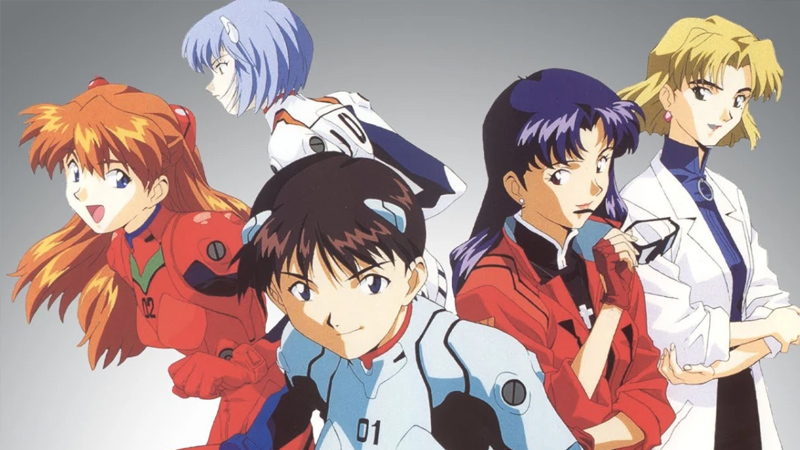
Neon Genesis Evangelion is a Japanese mecha anime television series produced by Gainax and animated by Tatsunoko, directed by Hideaki Anno and broadcast on TV Tokyo from October 1995 to March 1996. Evangelion is set fifteen years after a worldwide cataclysm, particularly in the futuristic fortified city of Tokyo-3.
The protagonist is Shinji Ikari, a teenage boy who was recruited by his father Gendo to the shadowy organization Nerv to pilot a giant bio-machine mecha named “Evangelion” into combat against beings known as “Angels”.
The series explores the experiences and emotions of Evangelion pilots and members of Nerv as they try to prevent Angels from causing more cataclysms. In the process, they are called upon to understand the ultimate causes of events and the motives for human action.
The series has been described as a deconstruction of the mecha genre and it features archetypal imagery derived from Shinto cosmology as well as Jewish and Christian mystical traditions, including Midrashic tales and Kabbalah. The psychoanalytic accounts of human behavior put forward by Freud and Jung are also prominently featured.
Steins;Gate (2011–2015)
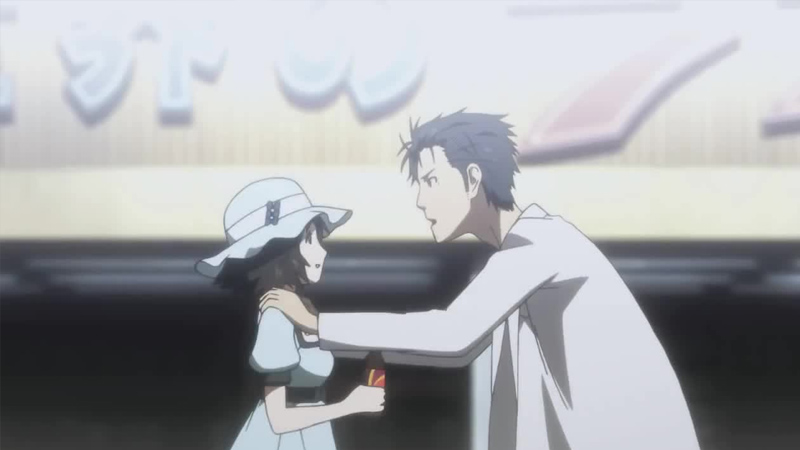
Steins;Gate is a 2011 anime television series created by the animation studio White Fox based on 5pb. and Nitroplus’s 2009 visual novel of the same name, and is part of the Science Adventure franchise along with Chaos;Head and Robotics;Notes. It is set in 2010 and follows Rintaro Okabe, who together with his friends accidentally discovers a method of time travel through which they can send text messages to the past, thereby changing the present.
The series was directed by Hiroshi Hamasaki and Takuya Satō, and written by Jukki Hanada, with animation direction and character design by Kyuuta Sakai, and music by Takeshi Abo. It aired for 24 episodes and was simulcasted in North and South America, Africa, the Middle East, and parts of Europe by Crunchyroll and the United Kingdom by Anime on Demand.
A 25th episode was later included with the DVD and Blu-ray releases; these releases were handled by Funimation in North America and by Manga Entertainment in the United Kingdom.
Ghost in the Shell (1995)
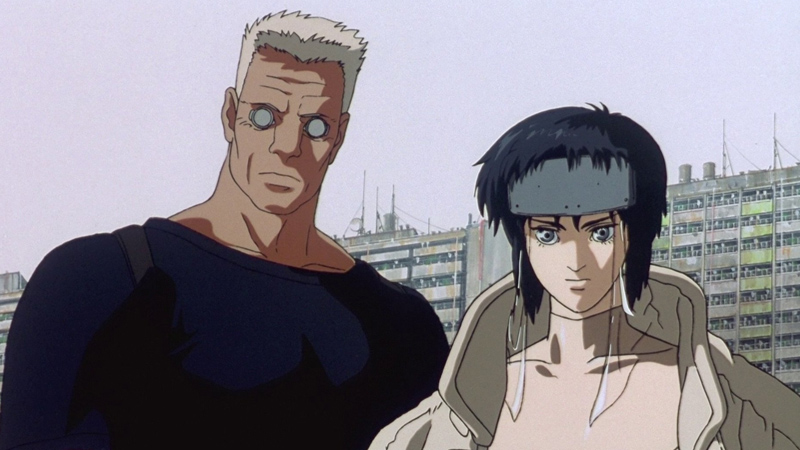
Ghost in the Shell is a 1995 adult animated neo-noir cyberpunk thriller film directed by Mamoru Oshii and adapted by frequent Oshii collaborator Kazunori Itō. The film is based on the manga of the same name by Masamune Shirow. It stars the voices of Atsuko Tanaka, Akio Ōtsuka, and Iemasa Kayumi. It is a Japanese-British international co-production, executive produced by Kodansha, Bandai Visual and Manga Entertainment, with animation provided by Production I.G.
The film is set in 2029 Japan, and follows Motoko Kusanagi, a cyborg public-security agent, who hunts a mysterious hacker known as the Puppet Master. The narrative incorporates philosophical themes that focus on self-identity in a technologically advanced world. The music, composed by Kenji Kawai, includes vocals in the classical Japanese language. The film’s visuals were created through a combination of traditional cel animation and CGI animation.
Haibane Renmei (2002-)
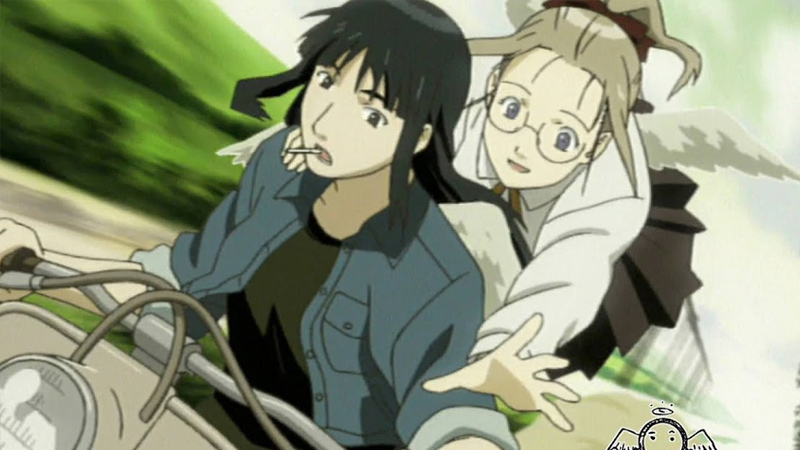
Haibane Renmei is a Japanese anime television series. It is based on an original dōjinshi manga series by Yoshitoshi ABe, The Haibanes of Old Home, which was released from 1998 to 2002 and left unfinished as work on the anime began. The 13-episode series was animated by Radix and broadcast on Fuji TV between October and December 2002. It was also broadcast on Animax Asia in English and French under the title Ailes Grises (Grey Wings).
The series follows Rakka, a newly hatched Haibane, a walled town with a single gate through which only a mysterious group, the Toga, are allowed to enter or exit.
Perfect Blue (1997)
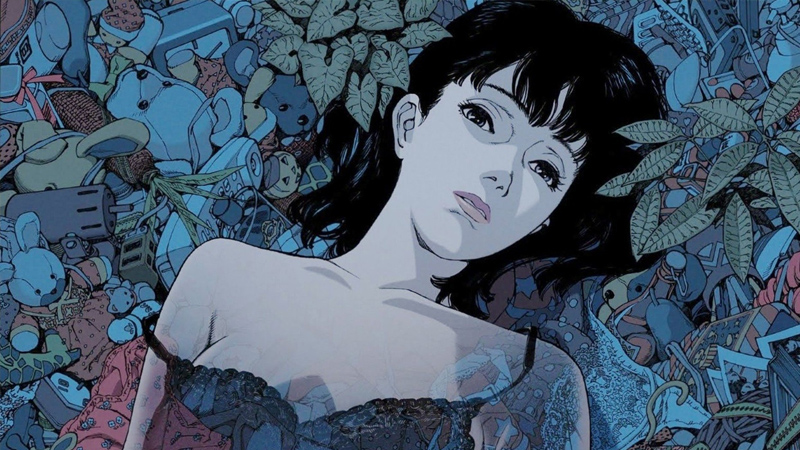
Perfect Blue is a 1997 Japanese animated psychological thriller film directed by Satoshi Kon. It is based on the novel Perfect Blue: Complete Metamorphosis by Yoshikazu Takeuchi, with a screenplay written by Sadayuki Murai. Featuring the voices of Junko Iwao, Rica Matsumoto, Shiho Niiyama, Masaaki Okura, Shinpachi Tsuji and Emiko Furukawa, the plot follows a member of a Japanese idol group who retires from music to pursue an acting career. As she becomes a victim of stalking, gruesome murders begin to occur, and she starts to lose her grip on reality.
The film deals with the blurring of the line between fantasy and reality, a commonly found theme in Kon’s later works, such as Paprika.
Angel’s Egg (1985)
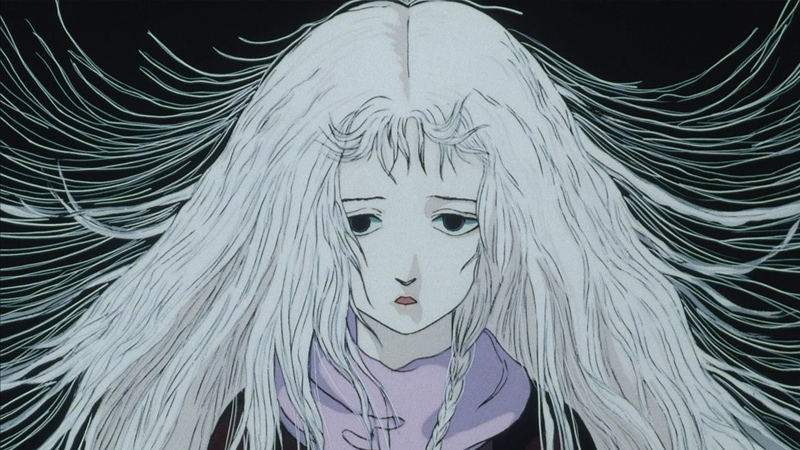
Angel’s Egg is a Japanese art film original video animation (OVA) written and directed by Mamoru Oshii. Released by Tokuma Shoten on 15 December 1985, the film was a collaboration between artist Yoshitaka Amano and Oshii. It features very little spoken dialogue. Its sparse plot and visual style have led to it being described as “animated art rather than a story”.
A mysterious young girl wanders a desolate, otherworldly landscape, carrying a large egg.
Summer Wars (2009)
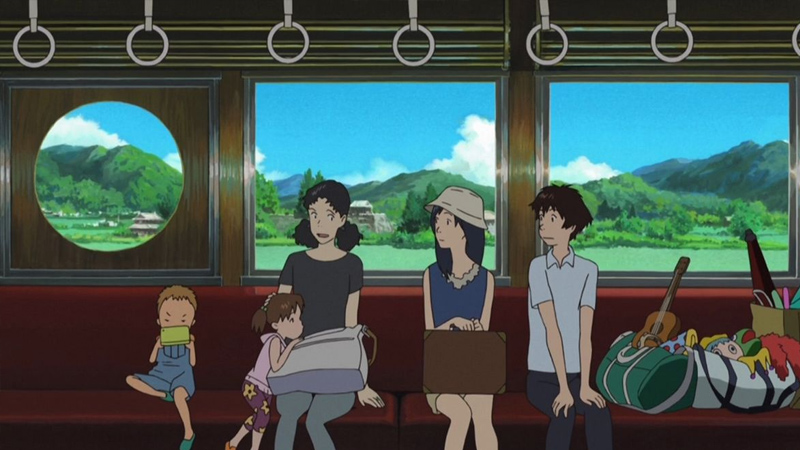
Summer Wars is a 2009 Japanese animated science fiction film directed by Mamoru Hosoda, produced by Madhouse, and distributed by Warner Bros. Pictures. The film’s voice cast includes Ryunosuke Kamiki, Nanami Sakuraba, Mitsuki Tanimura, Sumiko Fuji and Ayumu Saitō.
The film tells the story of Kenji Koiso, a timid eleventh-grade math genius who is taken to Ueda by the twelfth-grade student, Natsuki Shinohara to celebrate her great-grandmother’s 90th birthday. However, he is falsely implicated in the hacking of a virtual world by a self-aware, sadistic artificial intelligence named Love Machine. Kenji must repair the damage done, and find a way to stop the rogue computer program from causing any further chaos.
After producing The Girl Who Leapt Through Time, Madhouse was asked to produce something new. Hosoda and writer Satoko Okudera created a story about a social network and a stranger’s connection with a strange family.
The real-life city of Ueda was chosen as the setting for Summer Wars as part of the territory was once governed by the Sanada clan and was close to Hosoda’s birthplace in Toyama. Hosoda used the clan as the basis for the Jinnouchi family after visiting his then-fiancée’s home in Ueda.
Paprika (2006)
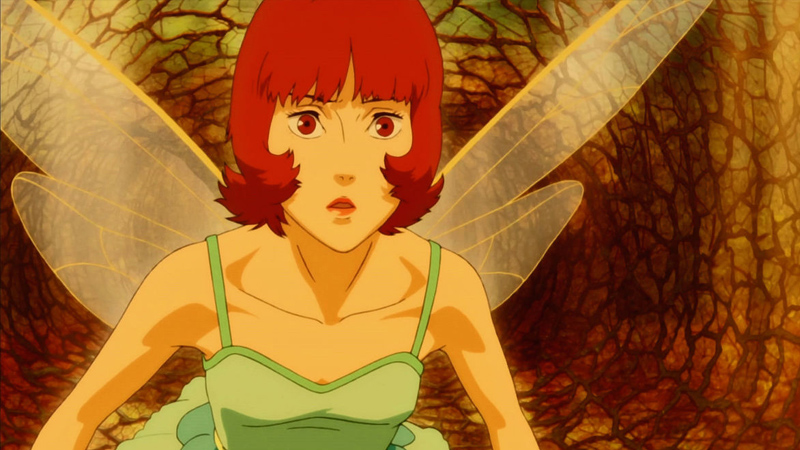
Paprika is a 2006 Japanese animated science fiction psychological thriller film directed by Satoshi Kon. The film is based on the 1993 novel of the same name by Japanese author Yasutaka Tsutsui. It is Kon’s fourth and final feature film before his death in 2010. The script was co-written by Kon and Seishi Minakami, who also wrote for Kon’s TV series Paranoia Agent, the character design and animation director was Masashi Ando (known for Princess Mononoke, Spirited Away, Your Name), the music was composed by Kon’s frequent collaborator Susumu Hirasawa, and the art director was Nobutaka Ike, who has worked on all of Kon’s works. Japanese animation studio Madhouse animated and produced the film. The Japanese voice cast featured Megumi Hayashibara, Tōru Emori, Katsunosuke Hori, Tōru Furuya, Akio Ōtsuka, Kōichi Yamadera, and Hideyuki Tanaka.
The story is about a battle between a dream terrorist who steals a device that allows others to share their dreams and causes nightmares for people, and a research psychologist who enters the dream world and changes into Paprika, a dream detective, to investigate the cases.
The film was released in Japan on November 25, 2006, and was later released in North America on May 24, 2007. It was also in competition at the 63rd Venice International Film Festival. Critical reception was positive.
Boogiepop Phantom (2000)
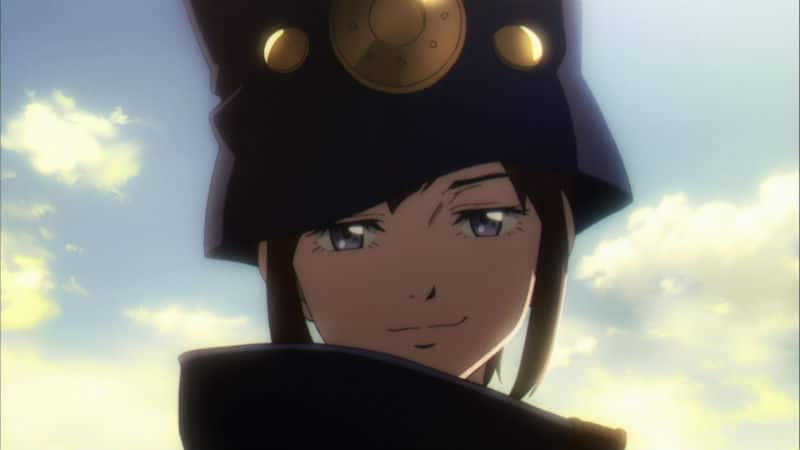
Boogiepop Phantom is an anime television series animated by Madhouse, based on the Boogiepop light novel series by Kouhei Kadono. The series is directed by Takashi Watanabe, from a screenplay by Sadayuki Murai, with original character designs by the light novel’s illustrator Kouji Ogata, and sound direction by Yota Tsuruoka. Chronologically, the story follows immediately after the events of the series’s first volume, Boogiepop and Others, while also making references to the prequel sixth volume, Boogiepop at Dawn.
The story takes place in an unnamed Japanese city, a month after a pillar of light appeared in the night sky and five years after a string of serial killings. Boogiepop Phantom follows an ensemble cast of characters, mostly high school students, who are witnesses to the incident and its consequences. At the time of the series, high school students have started to disappear again and the blame is placed on Boogiepop, an urban legend who is said to be the personification of Death.
Ergo Proxy (2006)
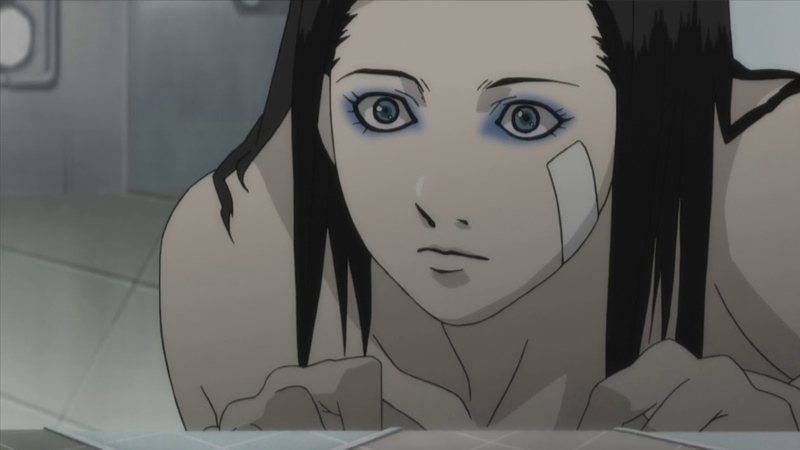
Ergo Proxy is a Japanese cyberpunk anime television series, produced by Manglobe, directed by Shūkō Murase and written by Dai Satō. The series ran for 23 episodes from February to August 2006 on the Wowow satellite network.
It is set in a post-apocalyptic utopian future where humans and AutoReiv androids coexist peacefully until a virus gives the androids self-awareness, causing them to commit a series of murders. Inspector Re-L Mayer is assigned to investigate, discovering a more complicated plot behind it that involves a humanoid species known as “Proxy” who are the subject of secret government experiments.
The series, which is heavily influenced by philosophy and Gnosticism, features a combination of 2D digital cel animation, 3D computer modeling, and digital special effects. After its release in Japan, the anime was licensed for a DVD release by Geneon Entertainment, with a subsequent television broadcast on Fuse in the United States. The show was also distributed to Australian, British and Canadian anime markets. Since its release, Ergo Proxy has received mostly favorable reviews which praised its visuals and themes.


